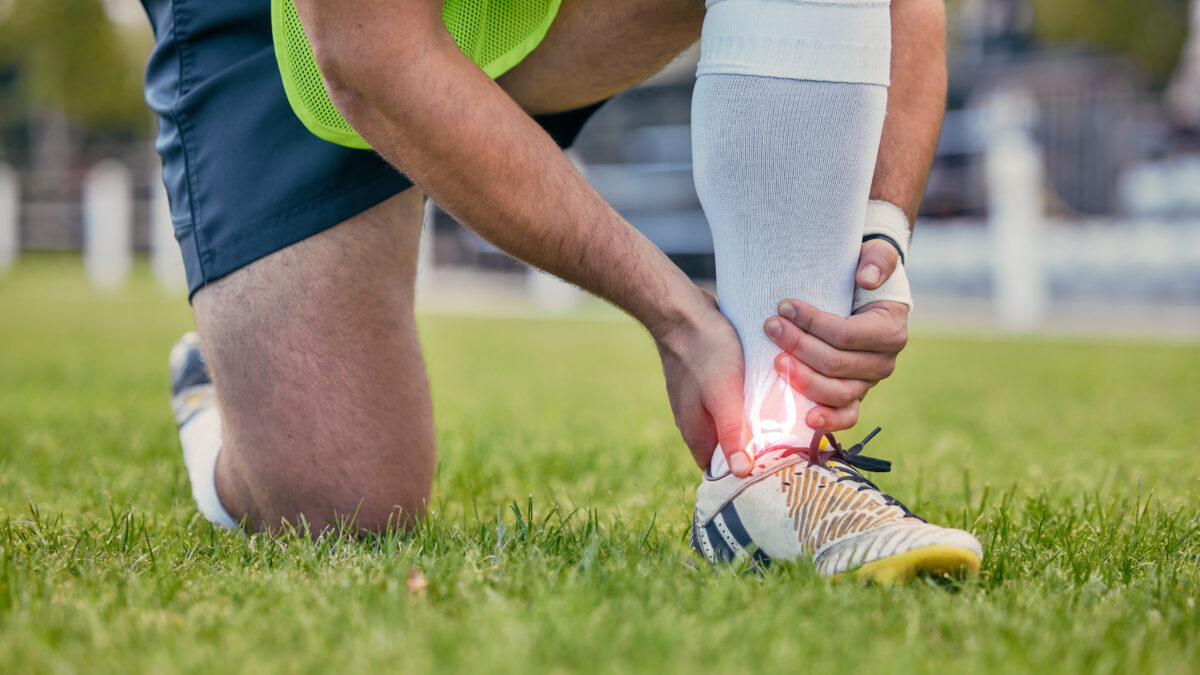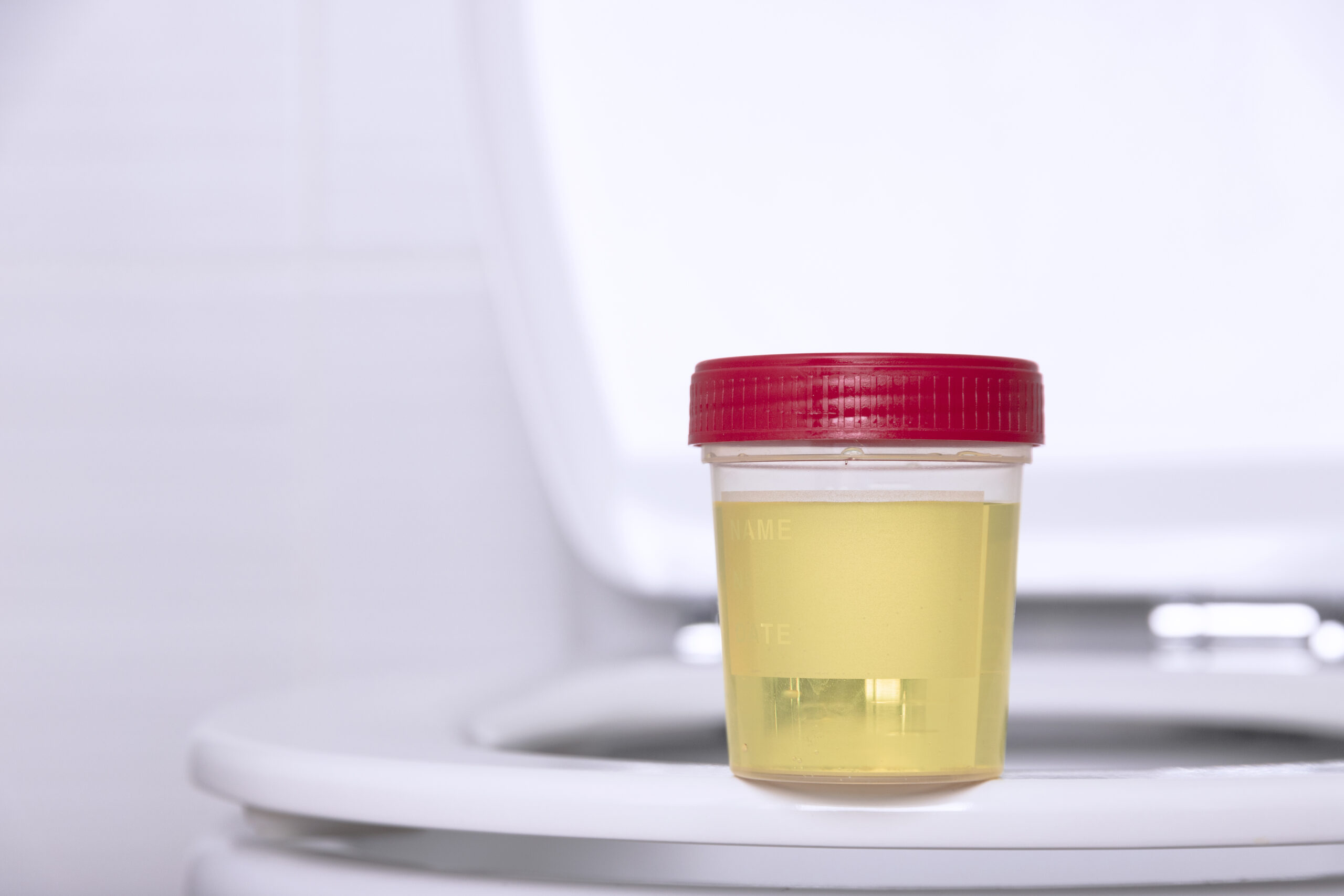- Immediate contact :
- +1-323-988-5889
- info@sonosif.com

Using Ultrasound Scanner to Diagnose Sepsis
April 7, 2022
Ultrasound Scanning for Hypothyroidism Diagnosis
April 8, 2022A fracture or “broken bone” means the same thing. There are different kinds of fractures. Sprains are when the ligaments that hold joints together have been stretched and torn. A dislocation occurs when the bones separate at the joint.
Hand or finger fractures, sprains, and dislocations are usually caused by excessive force such as being hit by something or falling like what happens in Judo sports.
When it comes to these issues, possible signs are often pain, swelling, bruising, or sometimes deformity on the hand or digits. These injuries are usually painful until they are healed.
Using ultrasound scanners for a physical exam is the primary way to diagnose hand fractures. For this reason, a professional scanning device is needed to guarantee a clear and detailed scanning image that would greatly help the therapist locate the place of the injury as fast as possible.
In this case, The handheld ultrasound machine: Convex and Linear Color Doppler wireless Double Head Ultrasound Scanner CLCD has been often recommended by physical therapists as it proved to satisfy the ultrasound parameters required for various scanning procedures.
In fact, Our engineers designed this portable ultrasound machine specifically for physical therapy ultrasonography diagnosis and intervention.
With a Convex and Linear Probe, this wireless ultrasound scanner is more practical and more affordable than buying two separate single-headed probes which are both needed for those athletes suffering from fractures, dislocations, sprains and sports trauma. To explain in more details, The Linear side of the Doppler allows doctors to evaluate the more superficial parts of the body while the Convex part is used for in-depth examinations.
The mobile ultrasound scanner CLCD also has a color doppler for determining blood velocity within the damaged tissue. Of note, there is no need to change the probe’s head because the software can be changed instead.
As such, real-time ultrasonography, as achieved by the portable echo machine: CLCD in the application of vascular access, means that the progression of the needle to the vessel is done under continuous visualization by this imaging approach, which has numerous advantages.
With all these advanced and pertinent options, the portable ultrasound CLCD should be athletes ‘ very first option the moment they get injured following their training. Judo players are of course on the top list.
Reference: Fractures, Sprains and Dislocations
Disclaimer: Although the information we provide is used by different doctors and medical staff to perform their procedures and clinical applications, the information contained in this article is for consideration only. SONOSIF is not responsible neither for the misuse of the device nor for the wrong or random generalizability of the device in all clinical applications or procedures mentioned in our articles. Users must have the proper training and skills to perform the procedure with each ultrasound scanner device.
The products mentioned in this article are only for sale to medical staff (doctors, nurses, certified practitioners, etc.) or to private users assisted by or under the supervision of a medical professional.





